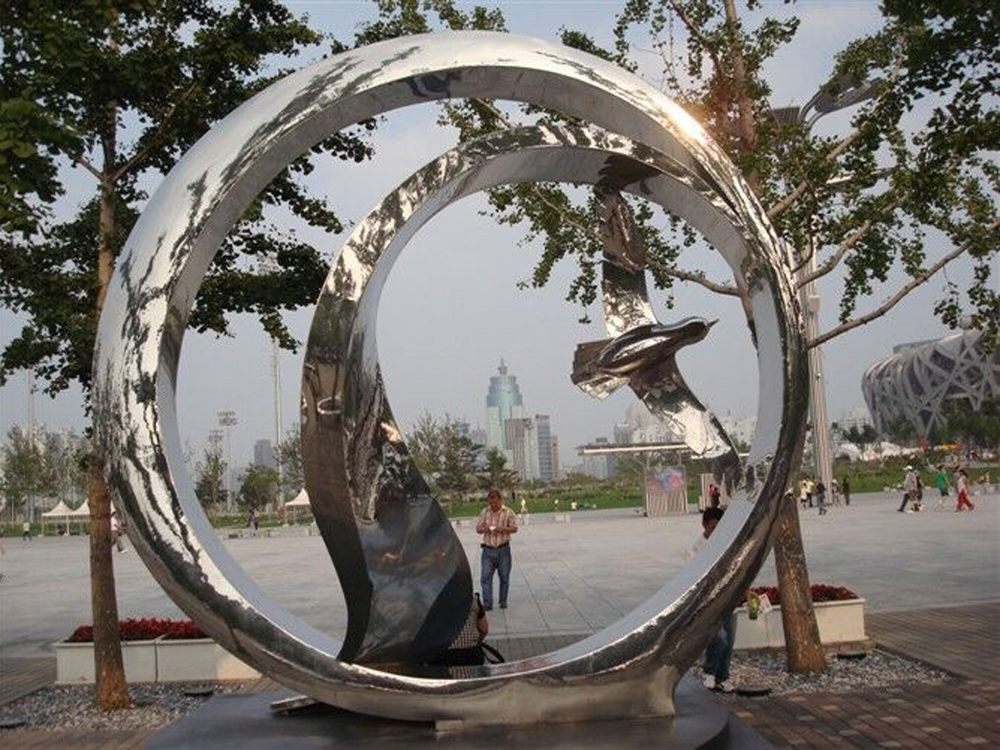
Studio pottery and porcelain sculpture, while both rooted in ceramic traditions, represent distinct artistic expressions with unique characteristics. Studio pottery emphasizes functional craftsmanship, where artists shape clay into vessels like bowls or vases, prioritizing tactile interaction and everyday utility. The process celebrates raw textures, organic glazes, and the maker’s hand marks, often embracing imperfections as part of its aesthetic.
Porcelain sculpture, by contrast, leans toward fine art, using delicate high-fired clay to create non-functional, intricate forms. Its focus lies in precision, luminosity, and sculptural detail—think figurines or abstract installations. The material’s translucency and whiteness allow for refined finishes, making it a favorite for decorative or conceptual pieces.
Key differences include intent (functional vs decorative), material handling (stoneware’s robustness vs porcelain’s fragility), and firing techniques (lower temperatures for pottery versus high-fire vitrification for porcelain). While studio pottery connects to heritage and utility, porcelain sculpture often pushes boundaries in contemporary art. Both, however, celebrate clay’s versatility as a medium for human creativity.

